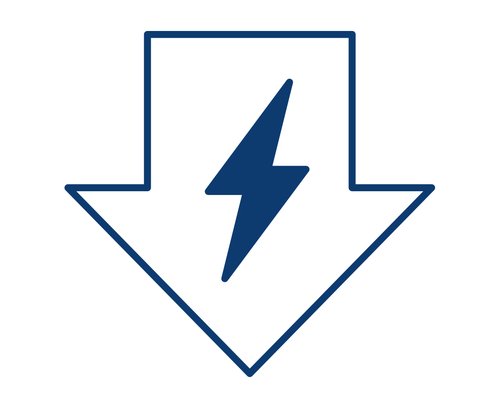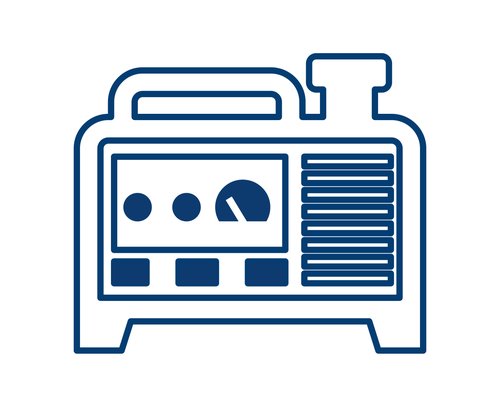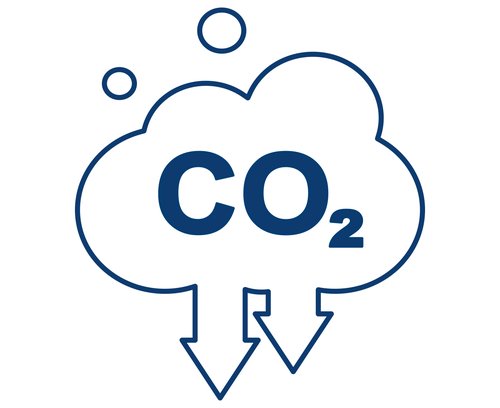
The bulk of the emissions from shipping stem from the use of diesel to power the vessel, however with the advent of electric power from batteries, the industry is now exploring various ways of tapping on this energy source to make shipping more environmentally friendly and efficient.
While battery power alone is not sufficient to power vessels on long voyages, when combined with diesel, the effects and benefits on emissions, fuel consumption, costs and maintenance are amplified several times over.
But what exactly is a hybrid drive? How does it compare to a diesel drive?
A hybrid system works by combining diesel with electric battery power and depending on the energy requirement on board – it can switch between operating purely on diesel, purely on electric or through a strategic mix of both.
Hybrid vessels are used increasingly for offshore work where there are large fluctuations in power demand. A Dynamic Positioning (DP) operation is an example of the varying energy demand where a vessel has to respond and adjust constantly with environmental conditions to maintain its position out at sea. This is where the batteries come in handy to alternate between diesel and electric energy.
There are four main advantages of a hybrid system:

1. Reduce energy spikes – it can respond instantly when there is a sudden demand for power and this is very valuable in the process of managing energy spikes. With the batteries in a hybrid propulsion system, the batteries act as a reserve source to contribute additional power during demanding operations, thus avoiding the need to run more generators than the average loads require.

2. Allows for optimal loading of diesel generators – on board the SOV WINDEA Jules Verne, there are four diesel engines. Typically, two are operating at all times to achieve better efficiency to cover all load variations. However, with the batteries installed, the diesel engines do not need to produce the exact amount of energy required by the vessel, requiring the running of just one engine and leaving the rest of the three engines as backup.

3. Significant reduction of emissions – when onboard electricity consumption is low, shutting down the diesel engines is an option and this can mean substantial fuel savings and significant emissions reductions.

4. Reduce operational hours of the main engine – using batteries as backup will reduce the operating hours of the main engines as only one engine is in operation and not two. The onboard control systems will ensure the power produced by the generator sets will match the power requirements, as well as the energy stored in the batteries will be sufficient for the ship’s operations.
Installing a hybrid propulsion system is certainly a start in our bid to create sustainable shipping. No doubt, advancing technologies will one day pave the way for emission-free oceans.





















